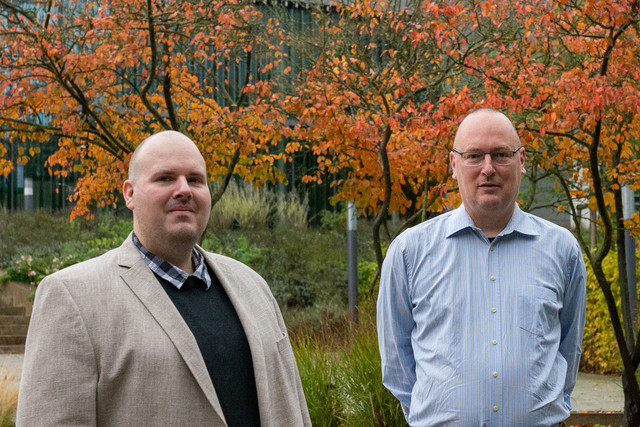World class research in virology
The virologists Markus Hoffmann and Stefan Pöhlmann from the German Primate Center - Leibniz Institute for Primate Research are among the most frequently cited and thus most influential scientists worldwide. This is according to the analysis of the company Clarivate published in November 2022.
"Markus Hoffmann and Stefan Pöhlmann have made outstanding contributions to research on the severe acute respiratory syndrome coronavirus 2 (SARS-CoV-2), so we are very pleased about the international recognition of their research," says Stefan Treue, director of the German Primate Center. The two virologists were able to build on their many years of experience with coronaviruses and elucidated how the virus enters cells and how this process can be stopped. Further, their results showed that the viral spike protein contains a cleavage site not found in closely related coronaviruses that is essential for infection of lung cells. In addition, Hoffmann and Pöhlmann discovered that SARS-CoV-2 variants, in particular the Omicron variant, evade neutralization by antibodies and thereby threaten the success of vaccines. Finally, their studies showed that the currently emerging Omicron subvariant BQ.1.1 is resistant against all therapeutic antibodies.
The results of the Göttingen researchers were published in leading international journals and were referenced by many other studies. More than 10.000 studies cited their paper on how the virus enters cells and how this process can be stopped.
Each year, the company Clarivate identifies the most frequently cited and thus most influential scientists worldwide (https://clarivate.com/highly-cited-researchers/). The analysis included publications that were published between 2011 and 2021 and were among the one percent of the most frequently cited scientific articles in the year of publication. The more frequently an author is cited, the higher his significance for the scientific community and the quality of his research results.

